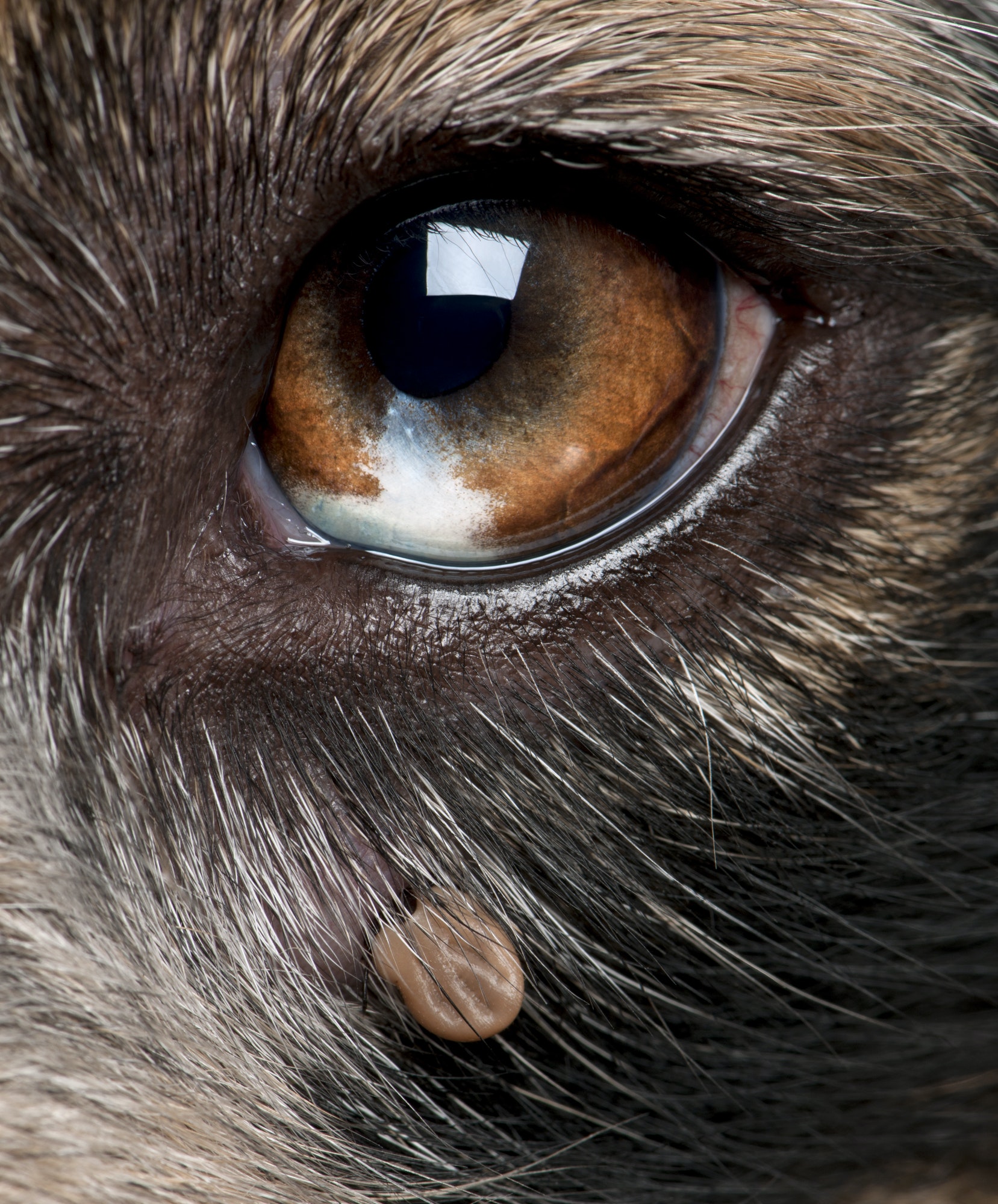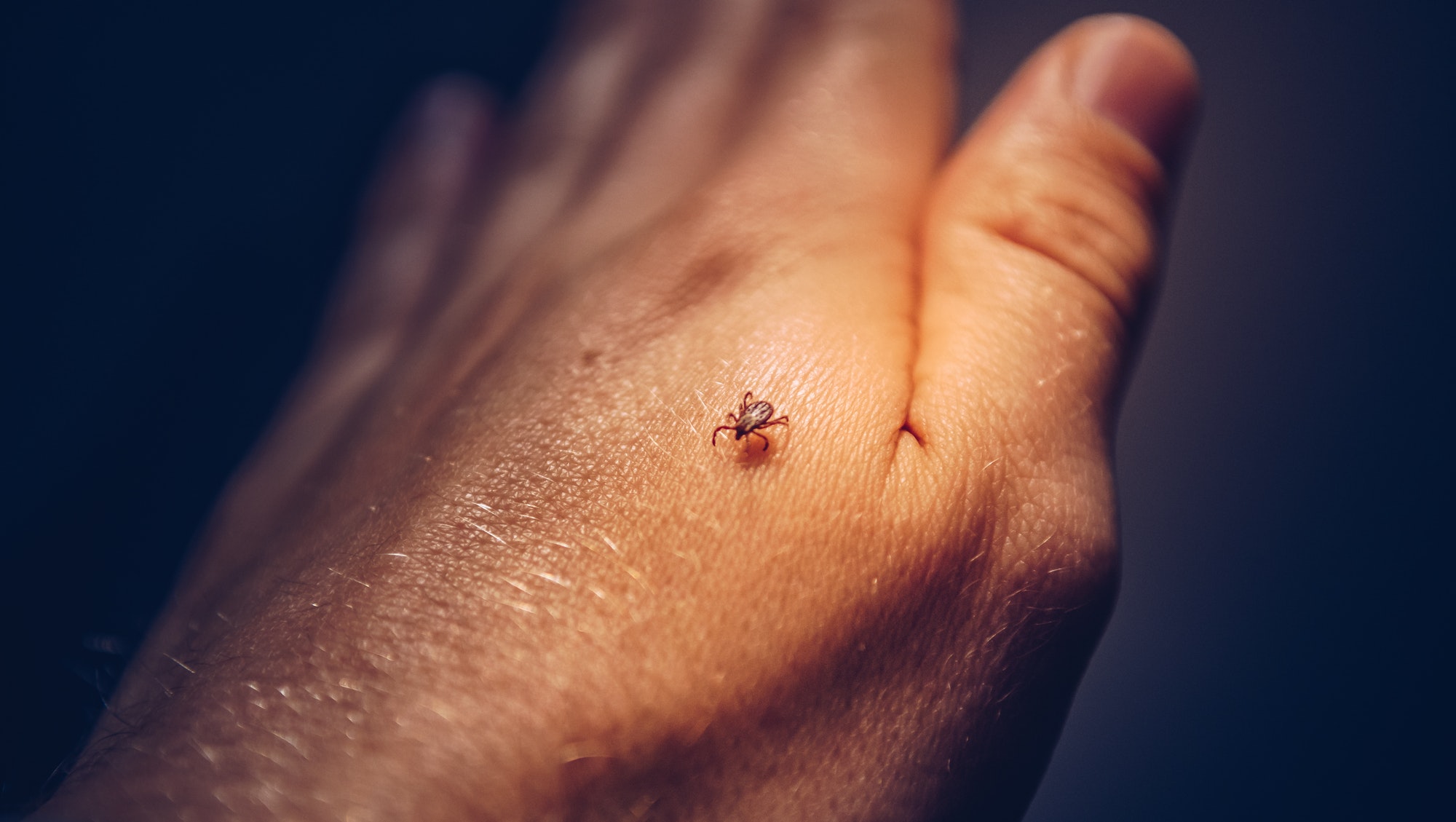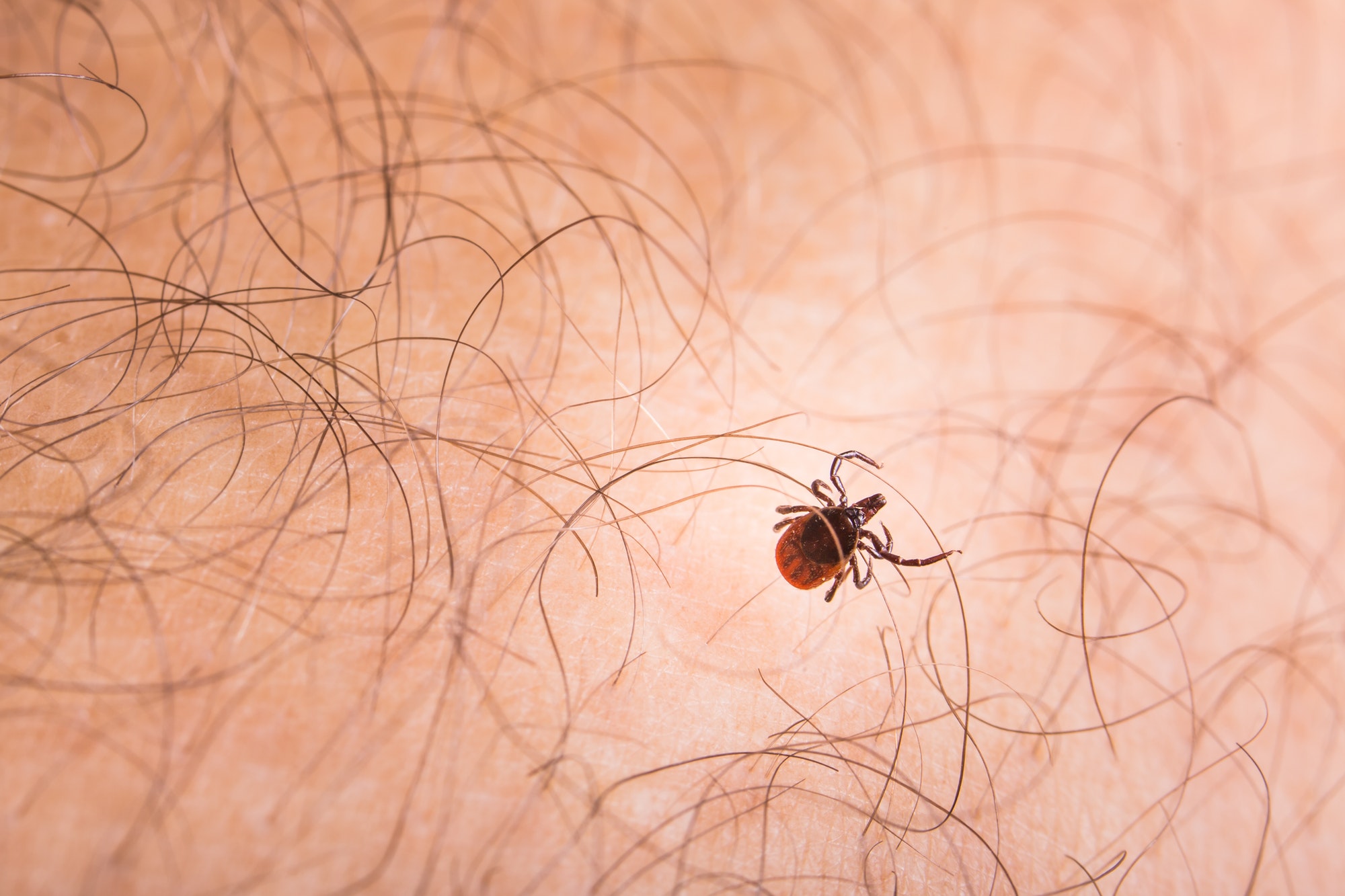Why Ticks Are So Dangerous To Humans And Pets?
Ticks are dangerous to humans and pets because they are tiny parasites that feed on the blood of the human and animal hosts. Ticks are extremely small, with the nymph the size of a pinhead. The female adult is much larger and can grow to the size of a sesame seed. Once they latch on to their host they will survive and advance to the next life cycle state. Many ticks have four life stages: egg, larva, nymph and adult. The larva and nymph need blood to move to the next stage.
Not all ticks are alike, different species live in different regions of the country and can carry and transmit species-specific diseases. With one bite, ticks can infect a human with multiple pathogens, including the bacterium that causes Lyme disease.

A single tick can carry over 40 other pathogens. Tick-borne infections that pose a threat to humans include Lyme disease, Ehrlichia, Babesia, Anaplasmosis, Bartonella, Rocky Mountain spotted fever, and Borrelia lonestari. There are several other diseases that have recently been reported and recorded by the CDC.
Lyme disease is a bacterial infection typically transmitted through the bite of an infected tick. It is one of the fastest growing infectious diseases in the country, and the steadily increasing number of cases is alarming.
Lyme disease has been associated with numerous neurologic, rheumatologic and psychiatric manifestations. However, the full range of symptoms needed to recognize the disease may not be apparent to a physician during a routine examination. Here are some of the most commons symptoms related to a tick bite:

- Lyme disease, the rash may appear within 3-30 days, typically before the onset of fever. The Lyme disease rash is the first sign of infection and is usually a circular rash called erythema migrans. This rash occurs in approximately 70-80% of infected persons and begins at the site of a tick bite. It may be warm but is not usually painful. Some patients develop additional EM lesions in other areas of the body several days later.
- The rash of (STARI) is nearly identical to that of Lyme disease, with a red, expanding “bulls eye” lesion that develops around the site of a lone star tick bite. Unlike Lyme disease, STARI has not been linked to any arthritic or neurologic symptoms
- The rash seen with Rocky Mountain spotted fever varies greatly from person to person in appearance, location, and time of onset. About 10% of people with RMSF never develop a rash. Most often, the rash begins 2-5 days after the onset of fever as small, flat, pink, non-itchy spots on the wrists, forearms, and ankles and spreads to the trunk. It sometimes involves the palms and soles. The red to purple, spotted rash of RMSF is usually not seen until the sixth day or later after onset of symptoms and occurs in 35-60% of patients with the infection.
- In the most common form of tularemia, a skin ulcer appears at the site where the organism entered the body. The ulcer is accompanied by swelling of regional lymph glands, usually in the armpit or groin
- In about 30% of patients ehrlichiosis can cause a rash. The appearance of the rash ranges from macular to maculopapular to petechial, and may appear after the onset of fever. Deer, birds and small rodents, like mice and chipmunks, are popular for ticks.
Family pets can also carry ticks into the home and if loose on the animal’s fur, the tick can attach to an individual and become a potential threat. Ticks typically live in tall grass, dense brush and wooded areas, and prefer shaded or moist spaces, like leaf piles. They can remain active in temperatures at or above freezing. In colder temperatures, ticks produce a sort of “antifreeze” that enables them to live through the winter months, but they are not active. Ticks do not fly, jump or fall from trees. Instead, they wait patiently for a host to pass by. Armed with sensors that detect carbon dioxide to identify mammals, ticks use their outstretched front legs to latch onto a host.
I’ve had one experience with a tick. It had latched onto my Siberian Husky’s topcoat and when she passed by me, the tick jumped, and I immediately felt it latch on to my top shoulder. I was lucky to have seen it and remove it quickly, so it didn’t bite me. Ticks are dangerous to humans and pets and I would always recommend getting your pet a monthly tick treatment regardless of where you live to keep them safe and healthy.








